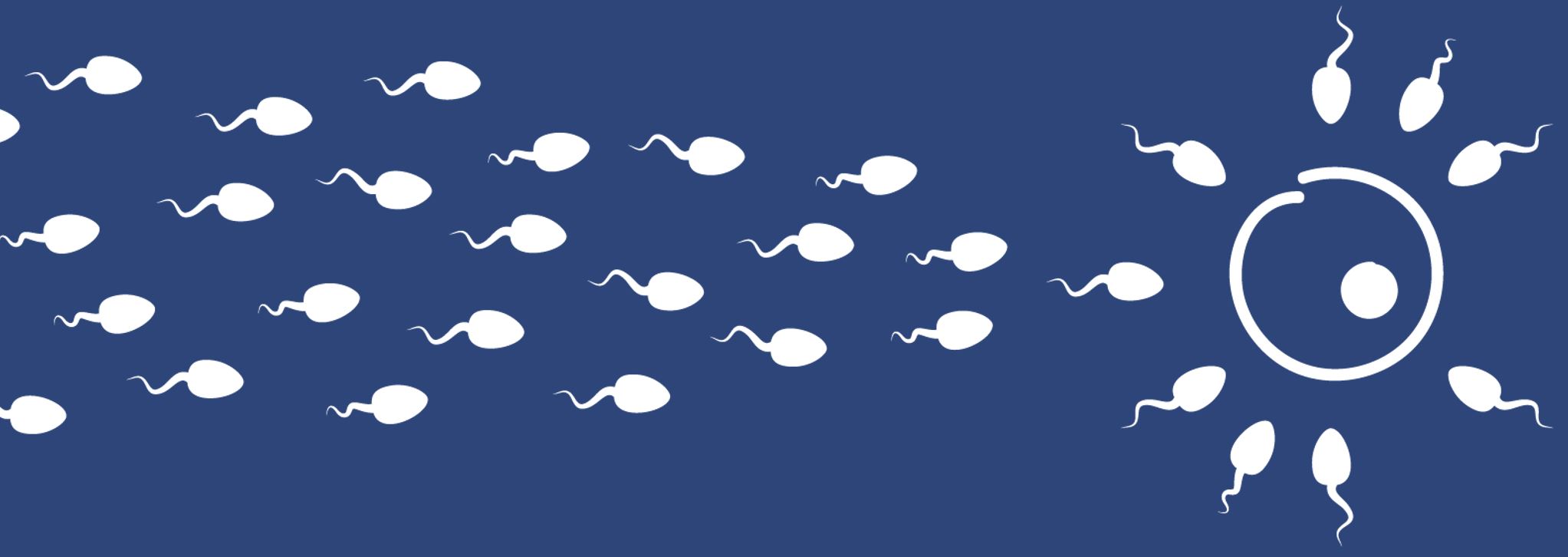The history of IVF in brief
In July of 1978 Louise Brown was born in Oldham, England, as the first baby to ever be born through IVF. The pioneers Robert Edwards and Patrick Steptoe were behind this success, which evoked attention all over the world. Initially, however, many colleagues as well as voices in the general public were critical. It had taken 102 IVF-treatments to achieve the first pregnancy. Today IVF is the most important method for treatment of infertility. In 2010 the Nobel Prize in Medicine was awarded to Robert Edwards for the development of in vitro fertilization.
IVF is launched as a research project in southern Sweden
The IVF-technique was introduced in Sweden in 1978 at Kvinnokliniken in Malmö at the initiative of Stig Kullander, the only person among his colleagues to be positive to IVF. Kullander responded to the critics by saying “it is not unethical to do research” and finally convinced the Research Ethics Committee in Lund with this argument.
The interest in IVF grew in Malmö and Göteborg where two dedicated teams invested both large quantities of time and personal engagement into becoming the first clinic to have a baby born through IVF.
Sweden on the IVF-map
Between 1978 and 1982 the two teams in Malmö and Göteborg work intensively. The World Congress on Infertility in Berlin in 1981 saw presentations from Swedish representatives from both Malmö and Göteborg. The IVF-team from Malmö lectured about embryo development for IVF and the group from Göteborg showed a film showing the first stages of cell division of a fertilized egg. The film had been created in collaboration with the world renowned photographer Lennart Nilsson.
In 1982 the first IVF-baby in a Nordic country, a girl, was born in Göteborg. Soon after that the first boy born through IVF was born in Malmö. Out of the people participating in the research projects leading up to 1982 only three people are still working with IVF today. Those are Lars Nilsson, gynaecologist at Sahlgrenska University Hospital, Håkan Wramsby and Torbjörn Hillensjö, both IVF Research Sweden.
IVF becomes more accessible
For many years it was only possible to receive IVF-treatment in Malmö and Göteborg by public (state owned) care givers. For a few years in the 1980s the waiting period to receive an IVF-treatment was seven years. There were not yet any private clinics. The first private IVF-clinic in Stockholm was Sophiahemmet which opened in1985. In 1986 the first private clinic in Göteborg, Fertilitetscentrum, was opened by Matts Wikland. Håkan Wramsby and Per Sundström opened Curakliniken in Malmö the same year.
Research and development
There have been great developments since the first IVF-baby was born in Sweden in 1982. Among the most significant breakthroughs are:
Ultrasound
This can accurately be described as one of the most important advances for patients doing IVF. The vaginal ultrasound made possible more precise and accurate monitoring of the ovaries during hormone stimulation and retrieval of eggs via the vagina.
Simplified hormone stimulation
Initially hormone stimulation was a complicated and cumbersome process for the woman. Advances in research made it possible for the woman to inject herself with the hormones, reducing the number of ultrasounds to one or two and even made the treatment process more predictable. The introduction of the so called short protocol, which meant less exposure to hormones, resulted in further reduction of side-effects.
ICSI (male infertility)
Microinjection means that single sperms are being injected into an egg by way of a special microscope. This technique opened up new possibilities for no less than a third of all infertile couples.
Single-Embryo-Transfer
Single-Embryo-Transfer became obligatory in Sweden in 2003. The method reduces the risk of complications for both the mother and the featus without significantly reducing the chance of pregnancy.
The importance of media
One of the most important advances at the laboratory is the development of the nutritional solutions where eggs, sperms and finally embryos are being kept during the cell division process. This has allowed cultivation of embryos for up to six days (the so called blastocyst stage) which makes the selection of embryos for transfer easier.
Storing of frozen embryos
An important development in IVF is the ability to store frozen embryos and blastocysts. This means that the woman does not have to resume hormone stimulation before a new treatment. With this new technique, called “vitrification”, comes opportunities to store non-fertilized egg, which is one of the latest revolutionary discoveries in IVF.
The research aimed at facilitating treatments for patients and improving pregnancy results through IVF continues. Livio Research plays an important role for all parties on the Swedish IVF-market.
Patient care
Within Livio, our philosophy is that excellent patient care is just as important as delivering excelllent pregnancy results.
